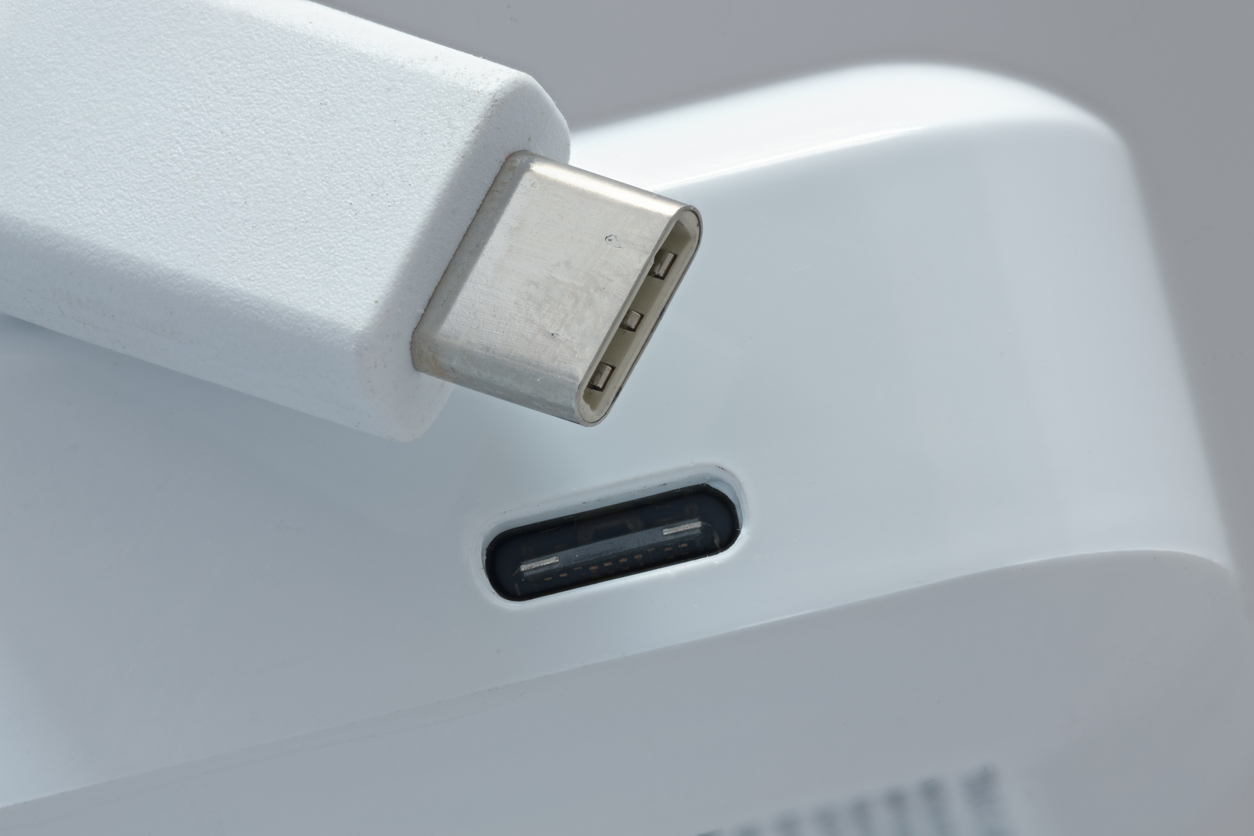There are many cables available today, and although you may know the common ones, there are many you may never have heard of. Different multimedia cables are used for different reasons. Whether it is at home or work, it is good to know the ins and outs of these cables. With all the acronyms that are used for these cables, it is easy to get overwhelmed. If you are in need of a specific cable, contact Calmont Wire and Cable to get their opinion and help.
The Common Cable Types
Here is a list of multimedia cables that you have probably heard of, and what they specifically are meant for:
- USB: This is one of the most universally used forms of cable by everyone today. Our phone chargers, computer accessories, and external hard drives would be rendered useless without this jack-of-all-trades cable. USB stands for Universal Serial Bus and has become the workhorse of cables over the past decade. In fact, there are multiple sizes and shapes of USB that have come about as this cable has evolved. The USB numbering system relates to the speed of data that can be transferred by the cable. USB 1.0, one of it’s earliest forms, has a much slower data transfer speed than USB 3.0. The data transfer speed is important because it determines how effective external hard drives and flash drives are, especially with files sizes becoming much larger as time goes on. USB also has types A-C, which refers to the shape of the connector, and what USB data transfer speed it is compatible with. USB Type A is one of the most commonly used. Type C is the only one compatible with the higher transfer speeds being released, which means we are seeing a shift to Type C.
- HDMI: If you have a television, then you have used an HDMI cable. This cable transmits video and audio signals over a single cable in high definition. Without this cable, you cannot transmit at the resolution that we are used to in media now. HDMI stands for High-Definition Multimedia Interface, which is pretty self-explanatory for what it does.
- Ethernet: Although Ethernet cables are beginning to fade out of existence, it is the style the primary way to connect networks. The majority of people use this type of cable to connect their computers or wireless modems to the Internet. There are many different versions of the Ethernet cable to keep up with the demands of Internet speeds. However, they essentially all look the same on the outside.
- 3.5mm Audio Cable: The exclusion of a headphone jack on the newer iPhones may be the downfall of this cable, but many people still use them. This is essentially a cable that only transmits audio, and is the tiny cord that you plug headphones into CD players, computers, MP3 players, and phones.
Lesser-Known Types of Cables
Here is a list of cables that are used sparingly, or have begun to go extinct:
- VGA (Video Graphics Array): This is a video-only cable used when computers became popular in the 1980s and ’90s. Because this is an analog cable, it does not have the same ability to transfer signals at a higher resolution like HDMI. Also, one of the major drawbacks of VGA is that it only sends a video signal with no audio. This was replaced by the DisplayPort cable, which never became as popular as the HDMI. The limitations of this cable have led to its decrease in use recently.
- DisplayPort: As stated above, this was the solution to VGA to have the video and audio signals embedded together in one cable. Although still used to connect some computer monitors to the computer tower, HDMI has won the battle in this area.
- DVI: This cable was the true successor to the VGA cable because it allowed digital signals to be sent instead of just analog. This allowed much more flexibility as digital became the market standard in the early 2000s. However, this still had the major limitation of only sending a video signal, with audio being separate. DVI, which stands for Digital Visual Interface, was a lifesaver when flat screen televisions began to get popular. However, they didn’t fix all the problems of VGA.
All these cables serve a purpose, and as technology advances, they either evolve with it or are replaced. If you are in need of cables today, Calmont Wire and Cable can help!
